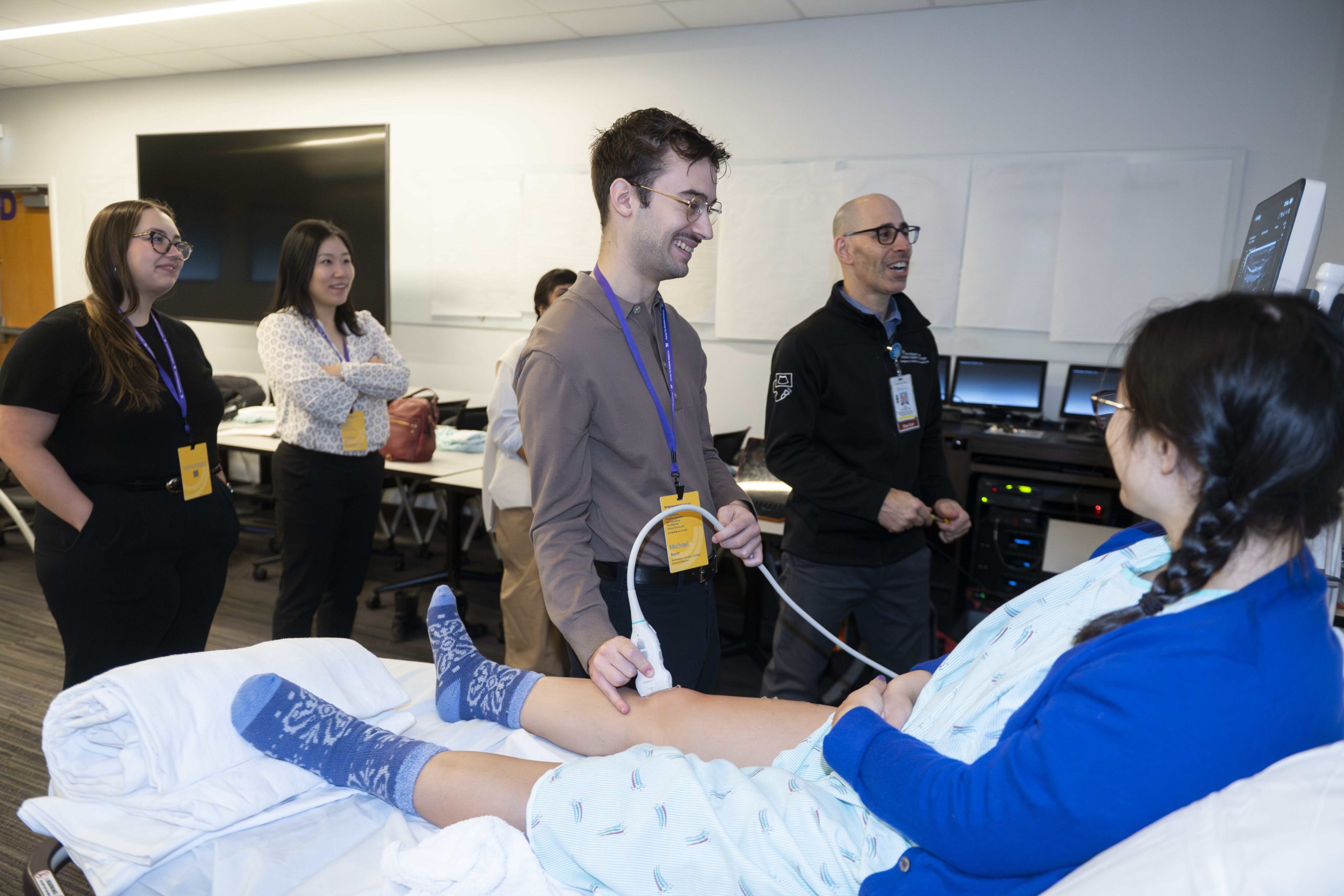
Northwestern Medicine scientists have identified previously unknown genetic mechanisms that promote antimicrobial resistance in gonorrhea, findings that may inform the development of more effective treatment strategies, according to a recent study published in PLoS Pathogens.
“This knowledge helps us understand more completely the network of antimicrobial resistance of gonorrhea and perhaps other bacteria,” said Linda Hu, PhD, research assistant professor of Microbiology-Immunology and the lead author of the study.
N. gonorrhoeae is the bacteria that causes the sexually transmitted infection gonorrhea. The disease, which is treated with antibiotics, can cause epididymitis in men and pelvic inflammatory disease in women. If left untreated, it can also lead to infertility, pregnancy complications and sepsis.
The N. gonorrhoeae Type IV pilus — a hairlike structure found on the bacteria’s surface — helps the bacteria securely attach to host cells and evade immune responses from neutrophils, white blood cells produced by bone marrow and the body’s first line of defense against infection. The mechanisms by which the Type IV pilus promotes resistance to these immune responses, however, remain unknown.
Previous work led by Hu discovered that the Type IV pilus regulates iron homeostasis, which promotes resistance to antimicrobial agents including hydrogen peroxide and the antimicrobial peptide LL-37.
“This is part of why it’s so well adapted to resist post-immune defenses,” Hu said.
To further understand this mechanism, Hu’s team used in vitro evolution to grow N. gonorrhoeae in the laboratory and, using whole genome sequencing, identified genetic mutations that promoted antimicrobial resistance after exposing the bacteria to streptonigrin, an antibiotic which kills cells with high levels of iron.
Through this approach, the scientists discovered a mutation in the hpaC gene that promotes resistance to streptonigrin.
HpaC encodes flavin reductase, a protein that uses a cofactor called flavin adenine dinucleotide (FAD), which in turn acts as an electron carrier by receiving and giving electrons to the next protein to drive different enzymatic activities.
This prompted the scientists to hypothesize that N. gonorrhoeae’s resistance to streptonigrin is caused by a point mutation causing flavin reductase to fail to release FAD effectively, Hu said.
“We think that maybe HpaC is involved in some pathway that is really important for resistance against hydrogen peroxide and LL-37, and that could be relevant in clinical settings in people who are infected with gonorrhea,” Hu said.
The scientists are currently investigating small-molecule inhibitors that could increase N. gonorrhoeae’s sensitivity to immune responses in conjunction with antibiotic treatments, Hu said.
“By looking at the genomic context of hpaC, we propose that HpaC is part of a transcriptional antimicrobial resistance network because it’s downstream of other effectors that are well known to be part of resistance to host chemicals that can target bacteria like gonorrhea,” Hu said.
Hank Seifert, PhD, the John Edward Porter Professor of Biomedical Research, was senior author of the study.
Egon Ozer, MD, PhD, ‘08 GME, associate professor of Medicine in the Division of Infectious Diseases and director of the Center for Pathogen Genomics and Microbial Evolution, was a co-author of the study.
This work was supported by National Institute of Allergy and Infectious Diseases grants R01 AI146073 and R21 AI148981.






